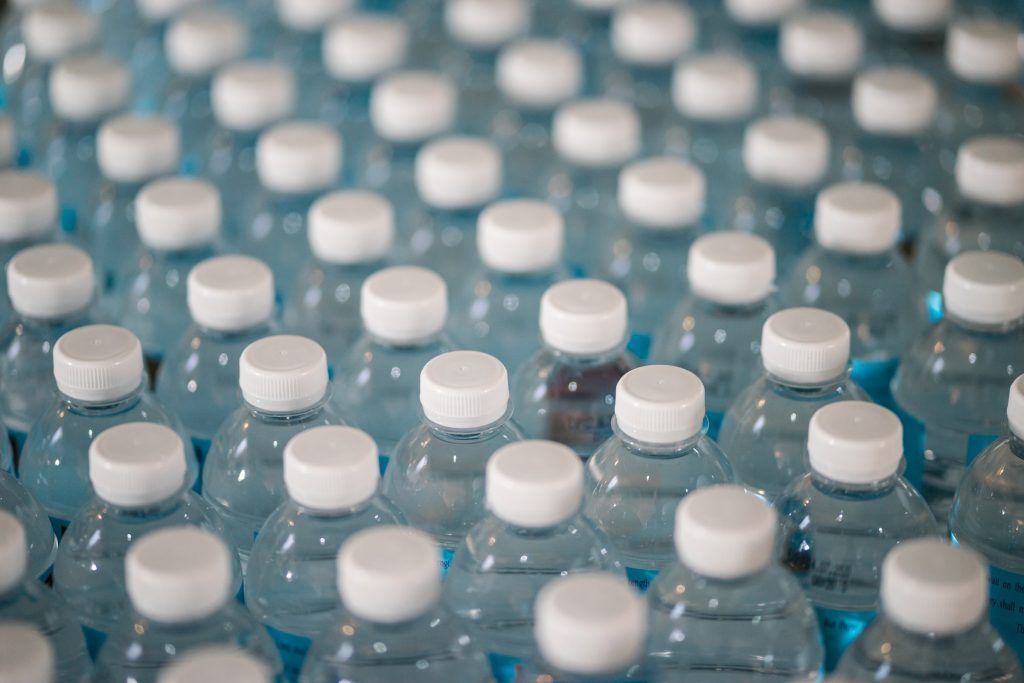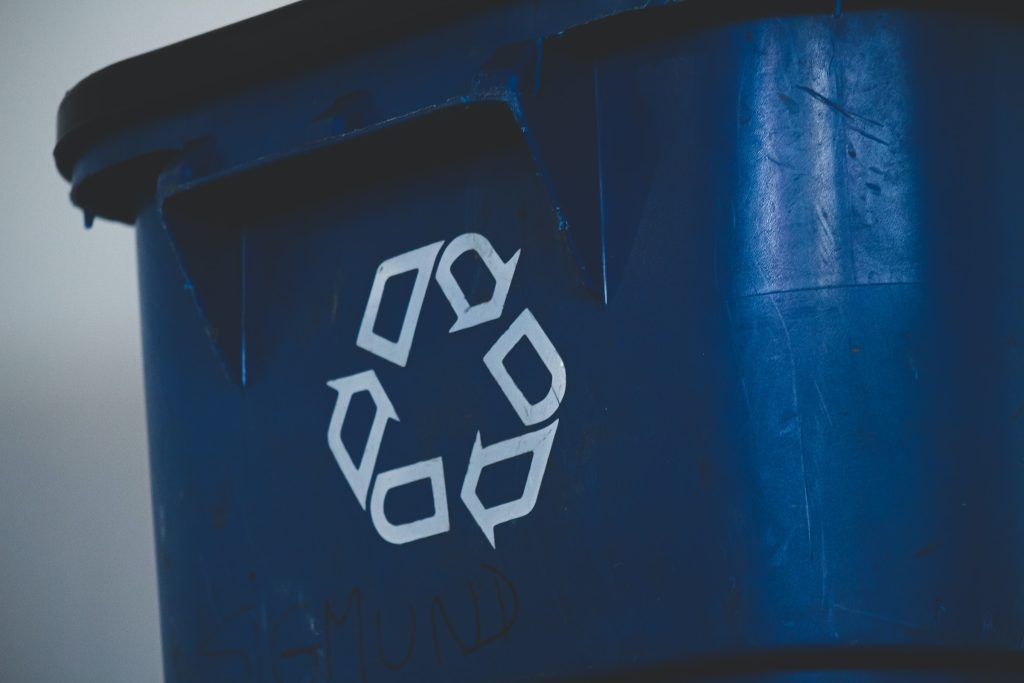Super Glue-Derived Recyclable Plastic As A Potential Polystyrene Alternative
In the pursuit of sustainable materials and reducing the environmental impact of plastic waste, scientists have made a significant breakthrough by developing recyclable plastic derived from super glue. This innovative development holds the potential to replace polystyrene, a widely used material known for its non-biodegradable nature and detrimental effects on ecosystems.

Polystyrene, commonly found in single-use packaging, foam products, and insulation, poses a major challenge due to its persistence in the environment. However, researchers have discovered that by modifying the chemical structure of cyanoacrylate, the main ingredient in super glue, it can be transformed into a recyclable plastic with promising properties.
The new plastic derived from super glue exhibits similar characteristics to polystyrene, including lightweight and insulating properties. Its versatility enables it to be molded into a plethora of shapes and forms, rendering it highly suitable for an extensive array of applications. However, unlike traditional polystyrene, this recyclable plastic offers a significant advantage — it can be broken down and recycled multiple times without losing its quality or performance.
The recyclable nature of this plastic derived from super glue provides a sustainable answer to the increasing issue of plastic waste. By implementing effective recycling processes, this material can be diverted from landfills and repurposed into new products, reducing the demand for virgin plastic production and mitigating environmental pollution.

Additionally, the development of this recyclable plastic contributes to the circular economy concept, promoting a closed-loop system where materials are continuously reused rather than disposed of after a single use. This significant advancement is in line with worldwide initiatives to shift towards a more sustainable and resource-efficient society.
While the super glue-derived recyclable plastic shows great promise, further research and development are necessary to optimize its production, scalability, and commercial viability. Scientists and engineers are exploring methods to improve the manufacturing process, enhance the material’s performance, and expand its range of applications.
